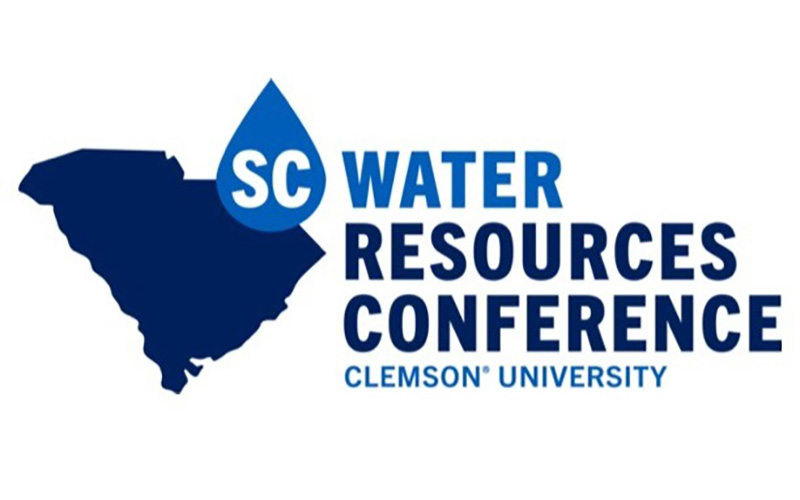Article Type
Full Research Article – Regular Issue
Volume
8
Issue
2
DOI
10.34068/JSCWR/08.02.07
Abstract
Watershed 80 (WS80), a reference watershed located in the USDA Forest Service Santee Experimental Forest, has been undisturbed since 1937, including from the silviculture that has historically characterized the region. Therefore, the results from this study are assumed to serve as a baseline of the developmental behavior for similar watersheds along the Southeastern Coastal Plain. The purpose of this study was first to analyze and compare the outputs of two rainfall-runoff models, the NRCS program WinTR-55 and the USGS Regional Regression Equations (RREs), with historical data gathered from WS80 to examine which model most accurately fits existing peak flow data. An accurate sense of peak flows is crucial in both the conservation and planning of sites, as proper stormwater management and infrastructure preserve the integrity of both natural resources and humanmade structures. Second, the study sought to analyze the impact of hypothetical development on design peak flow rate with up to 15% watershed imperviousness using each model. Additionally, two hypothetical scenarios of low-impact design (LID) practices such as vegetative rooftops and permeable pavements on development within the watershed were examined using the Purdue University software L-THIA. The USGS RREs overpredicted peak flows by 84% at a 5-yr return period to 12% at a 100-yr return period. WinTR-55 underpredicted peak flows by 31% at a 5-yr return period to 52% at a 100-yr return period. Increases in impervious surfaces led to subsequent increases in modeled design peak flows, with the greatest post-development change in design peak flow rate occurring within the USGS model. Although results showed that neither the USGS nor WinTR-55 models accurately predicted the design peak flow data from the watershed, USGS predictions were closer to the observed values for 50-yr or higher return periods than that from WinTR-55. Though LID practices were only applied up to a hypothetical 15% of the watershed, when fully implemented they were estimated to exert a 98% reduction in runoff which translated to a total reduction in volume by 20% and depth by 16% as compared to traditional design counterparts. This hypothesized evidence indicates the merit for using LID practices for runoff management even in situations of low imperviousness.
Takeaway(s)
none
Recommended Citation
Corbin, Julianna; Morgan, Hunter; Patrohay, Evan; Williams, Ty; Amatya, Devendra; and Darnault, Christophe J. G.
(2021)
"Hydrologic Modeling of Urban Development Scenarios and Low-Impact Design Systems on an Undisturbed Coastal Forested Watershed under Extreme Rainfall-Runoff Events and Hydro-Meteorological Conditions in a Changing Climate,"
Journal of South Carolina Water Resources: Vol. 8
:
Iss.
2
, Article 7.
DOI: 10.34068/JSCWR/08.02.07
Available at:
https://open.clemson.edu/jscwr/vol8/iss2/7






